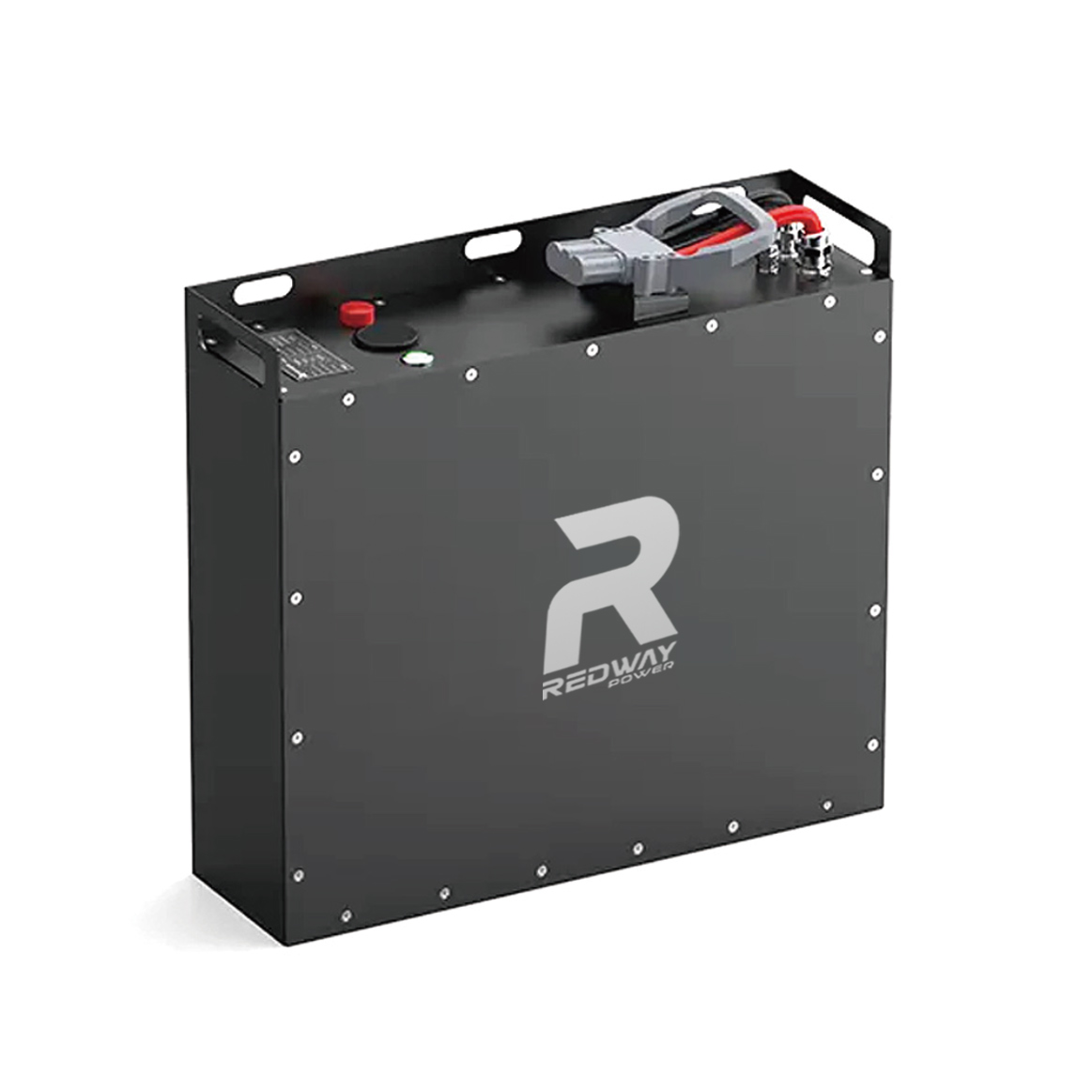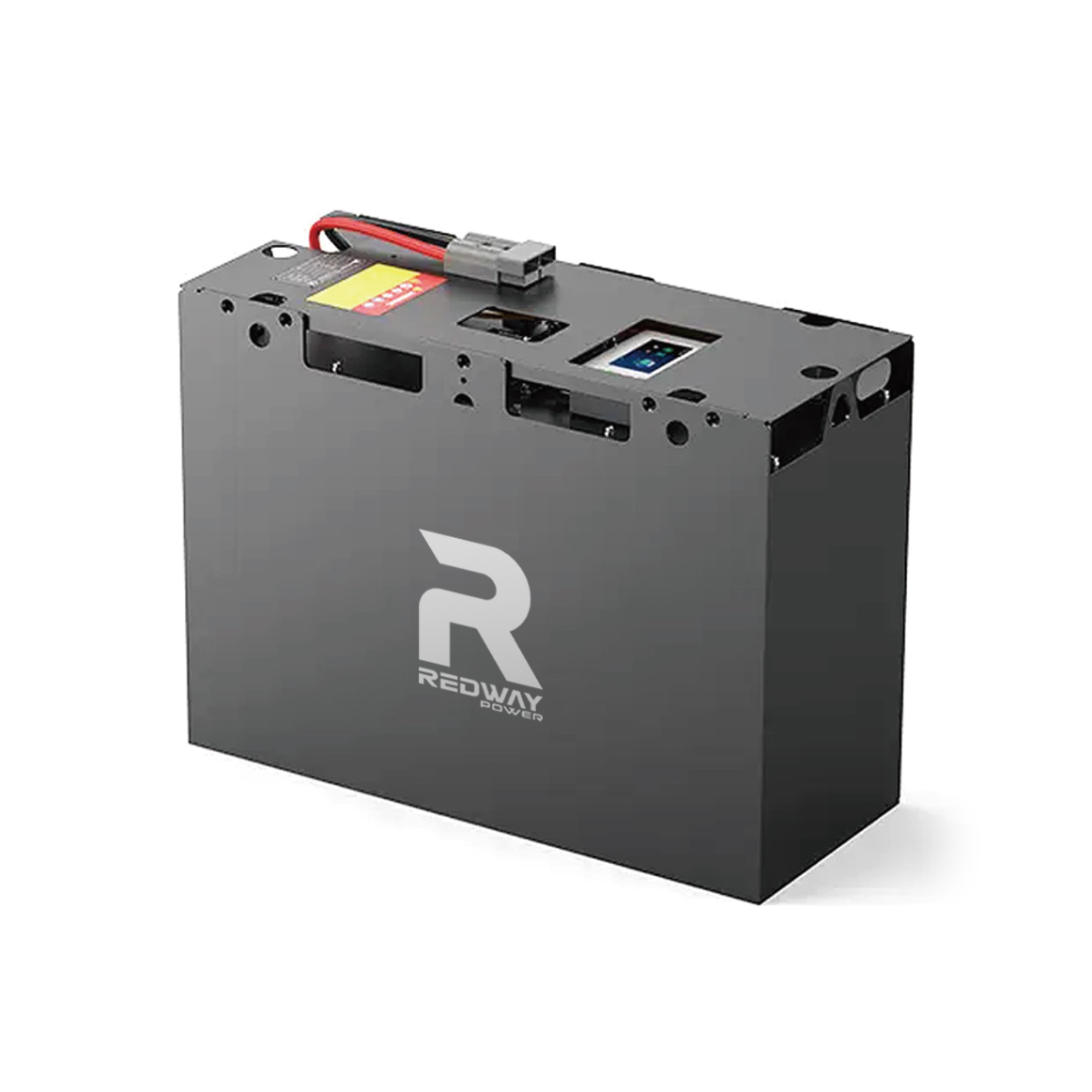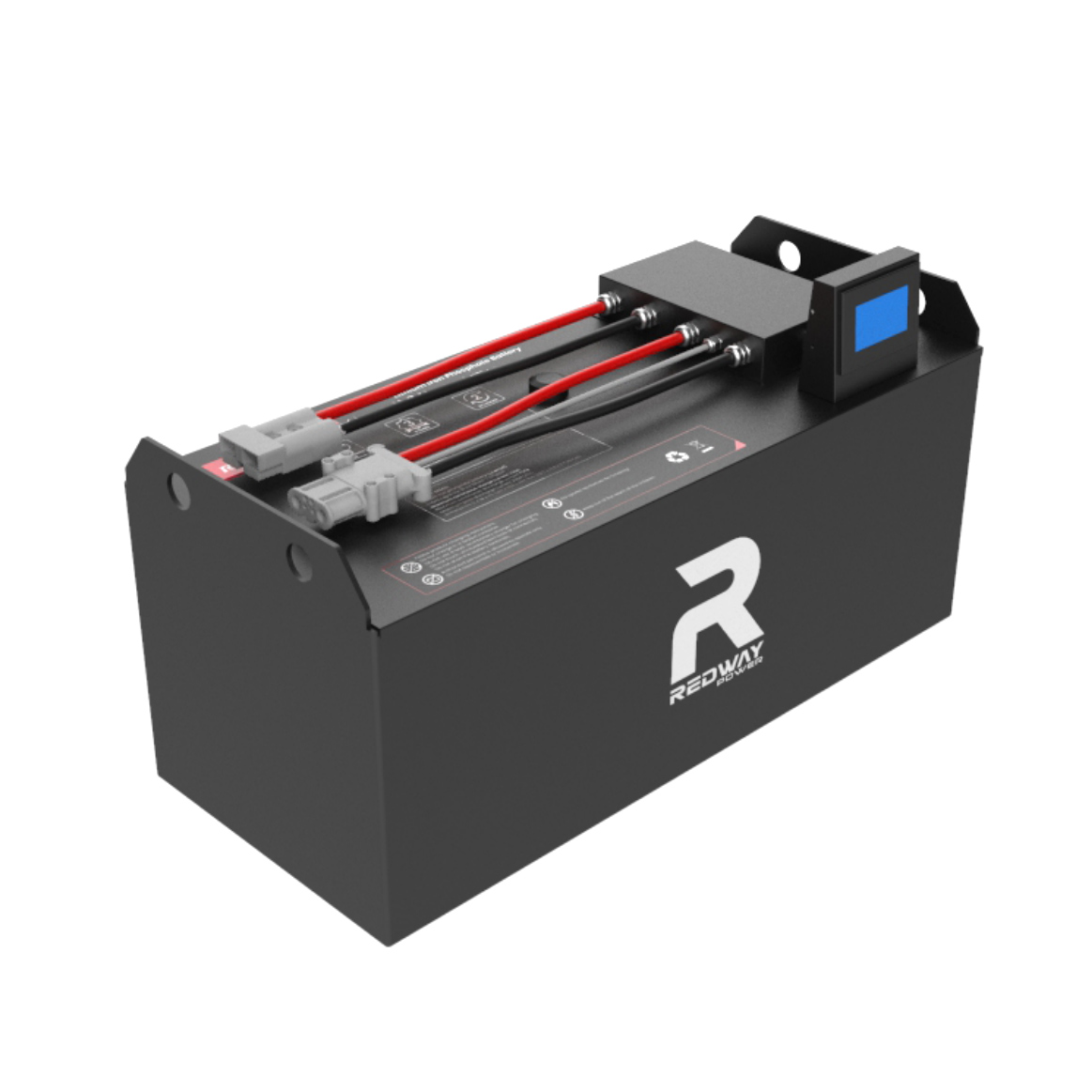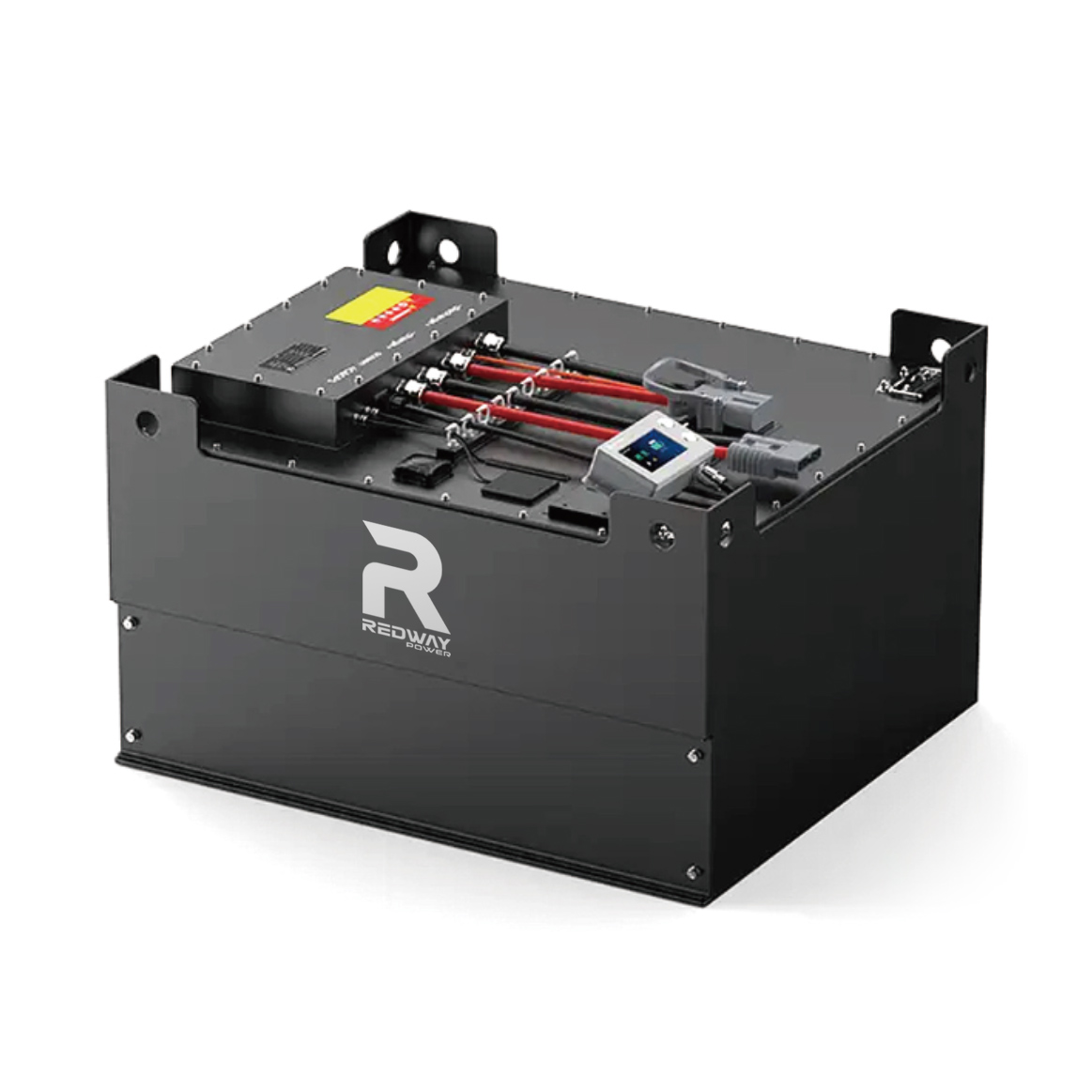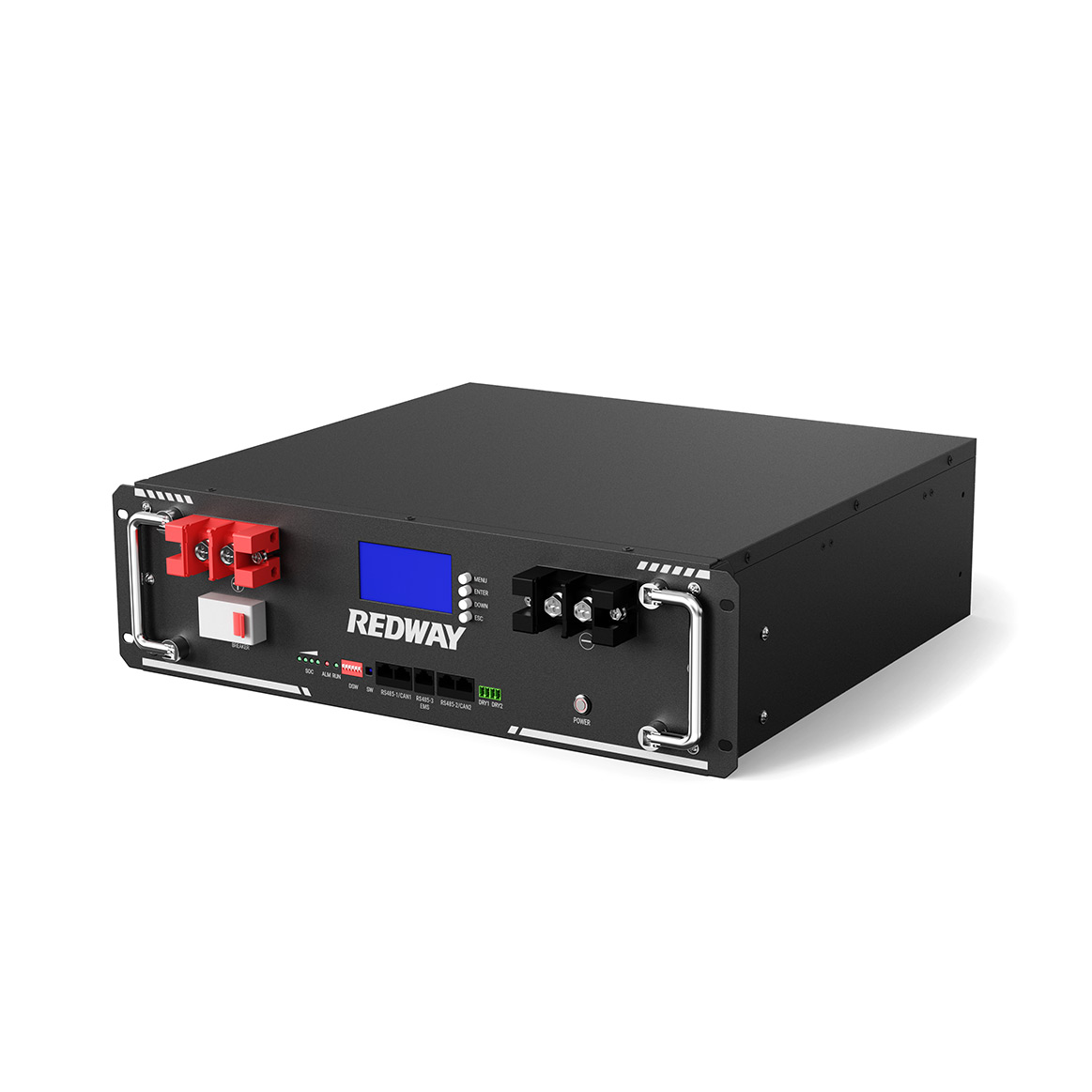Deep Cycle LiFePO4 Batteries Manufacturer
Looking for a business partner from whom you can buy deep cycle lithium batteries at wholesale price? We got you covered. Learn more about how we can work together.
Redway Lithium ion Battery Factory has been diligently striving to unlock the mysteries of transforming deep cycle LiFePO4 Batteries into a profitable venture. Discover the inner workings of LiFePO4 Batteries, explore their advantages, various categories, extensive product line, exceptional craftsmanship, and a plethora of other fascinating details by simply clicking the button below!
We are a Lithium Battery OEM Factory
Redway is dedicated to the domains of 12V, 24V, 36V, 48V, 60V, 72V, 80V, 96V, 100V Deep Cycle Lithium Iron Phosphate Batteries, RV lithium battery, Marine battery, Rack-mounted lithium battery, Golf cart lithium battery and Forklift lithium batteries. Their ultimate goal is to fulfill the diverse energy needs of customers by providing comprehensive energy service solutions. These solutions encompass a range of offerings, including lithium-ion battery energy storage products, smart hardware solutions, energy investment, and operational services, among others.
Don’t you find what you are looking for?
Just tell us your detailed requirements. The best offer will be provided.
Blog
Are Chinese LiFePO4 Golf Cart Batteries UL/CE/ISO Certified?
January 7, 2026
No Comments
Chinese LiFePO4 golf cart batteries from reputable OEMs like Redway Battery come with UL, CE, and ISO certifications, ensuring safety, quality, and compliance for international
What Are the Latest Innovations in Chinese Golf Cart Battery Manufacturing?
January 7, 2026
No Comments
Chinese golf cart battery manufacturing is transforming through LiFePO4 chemistry, automation, and advanced battery management systems. These changes deliver lighter packs, longer driving range, faster
Which Chinese LiFePO4 Manufacturers Excel in Bulk Production?
January 7, 2026
No Comments
Chinese LiFePO4 manufacturers dominate bulk battery production by combining massive factory scale, advanced automation, and strong OEM services. Located mainly in Shenzhen, these suppliers deliver


